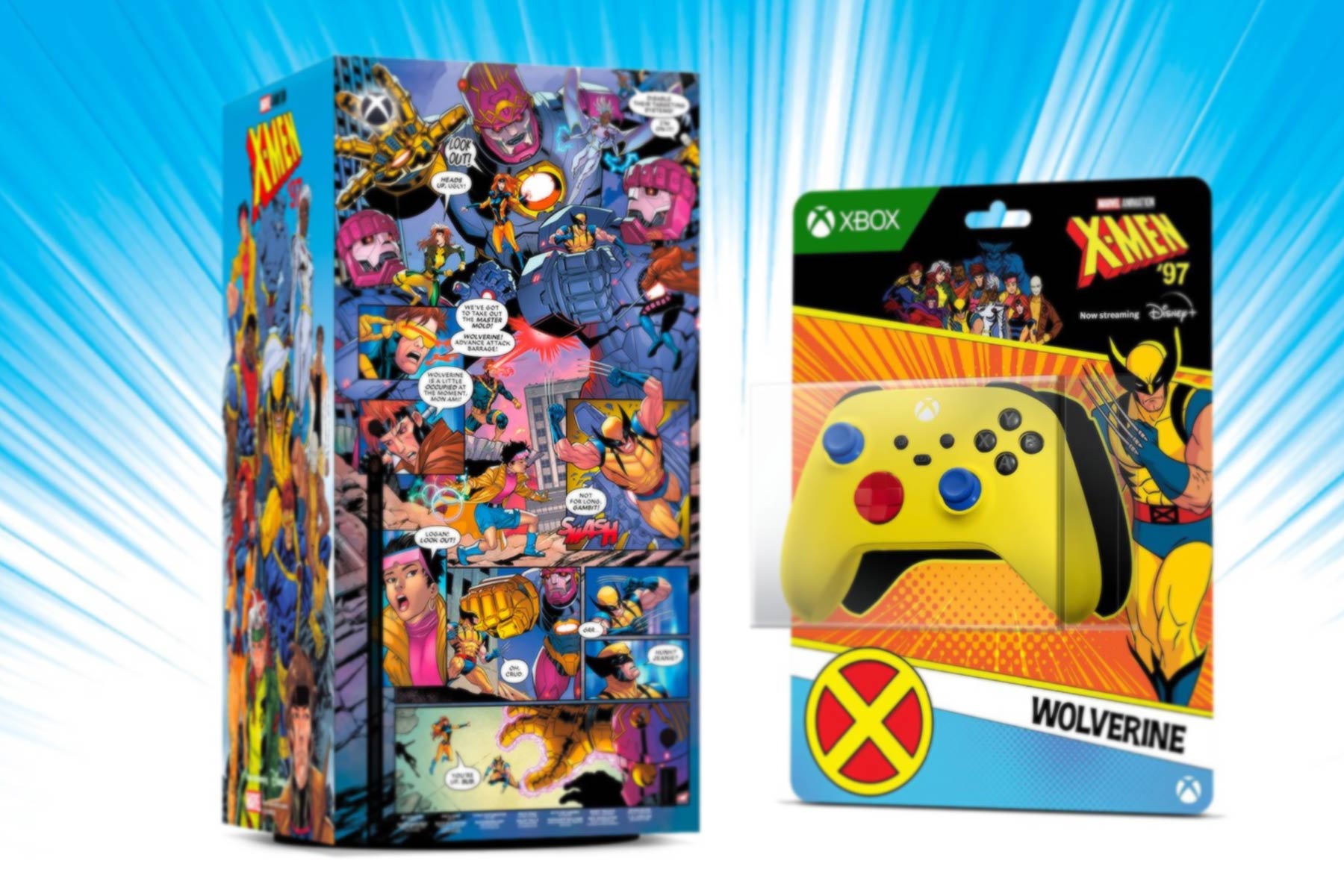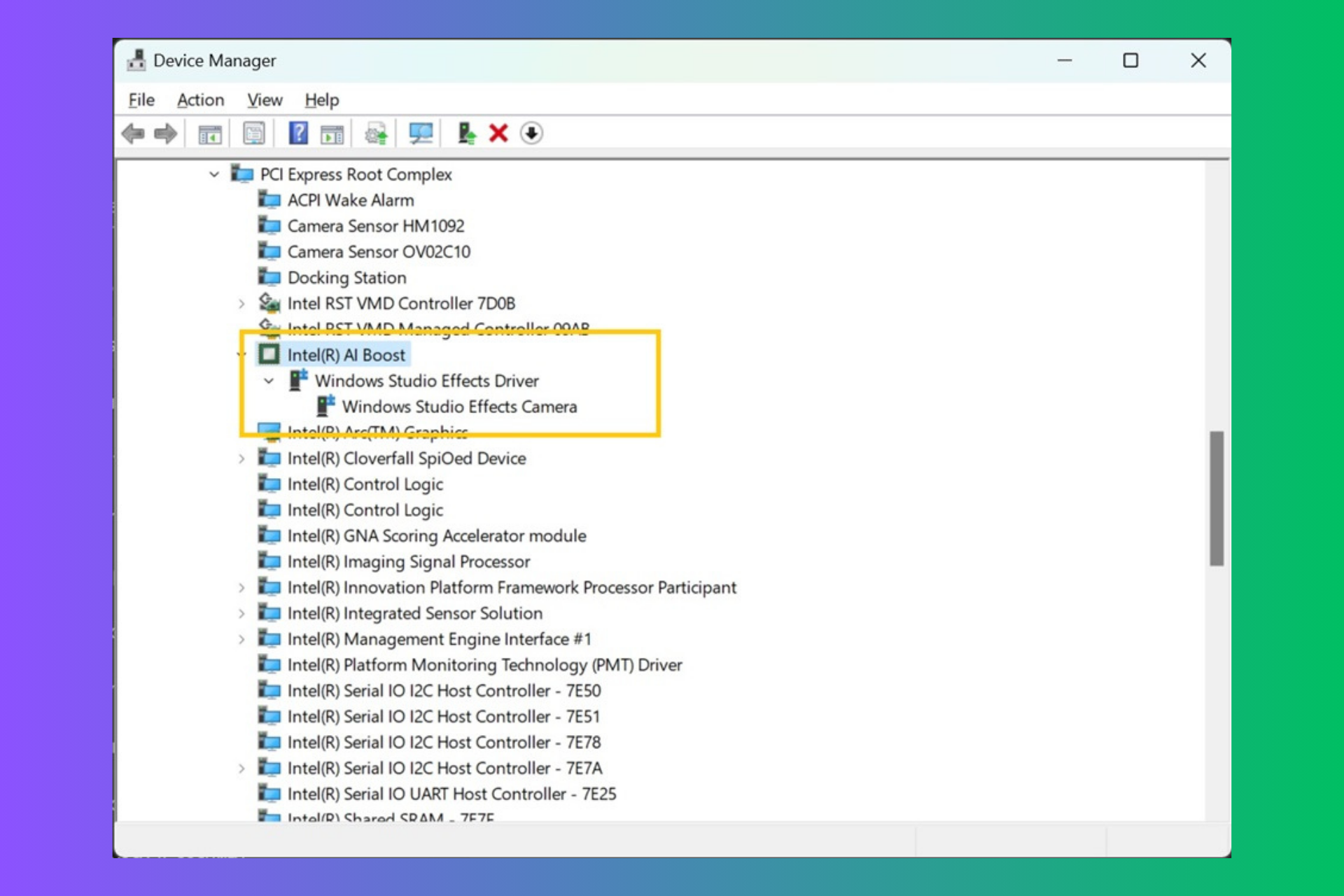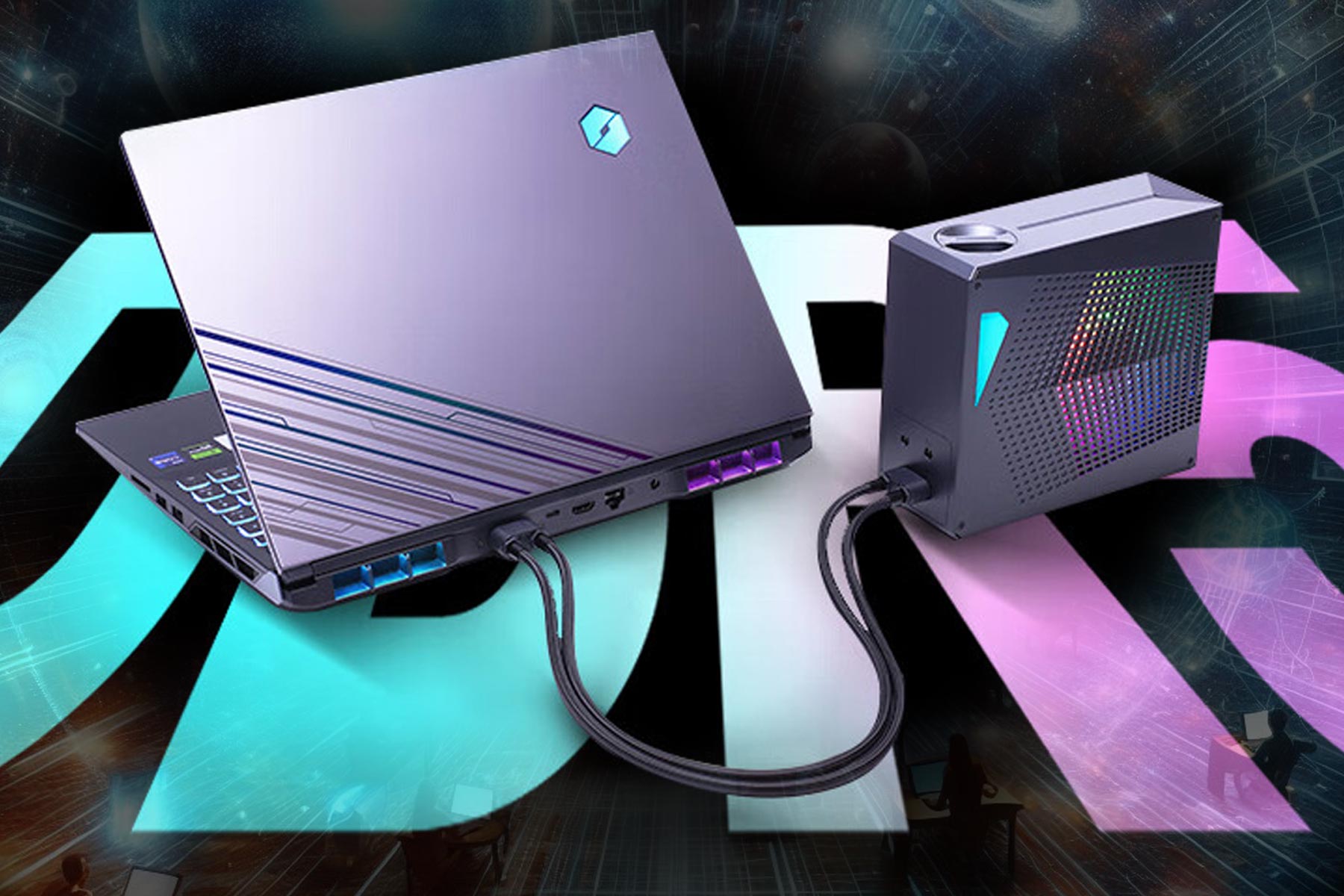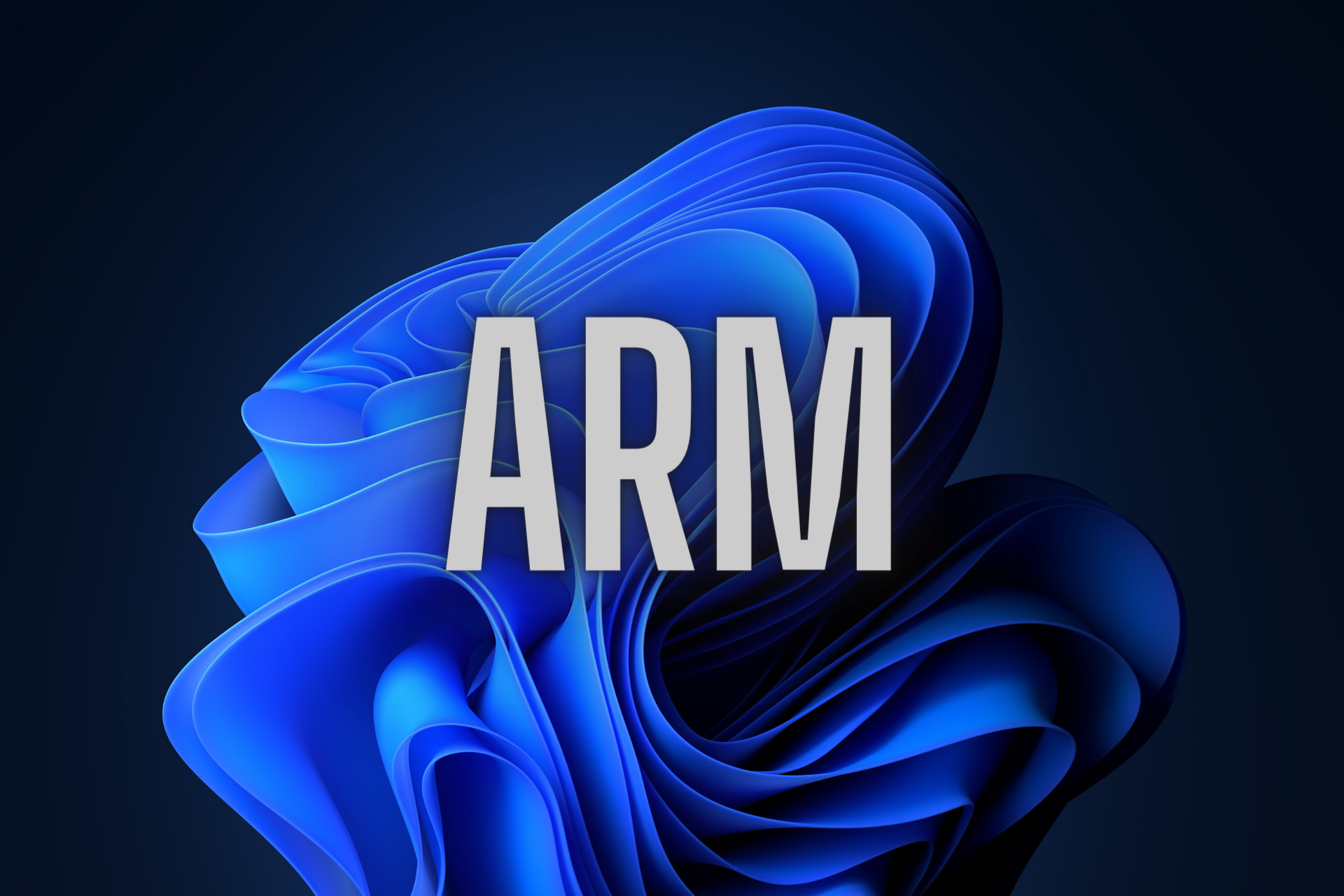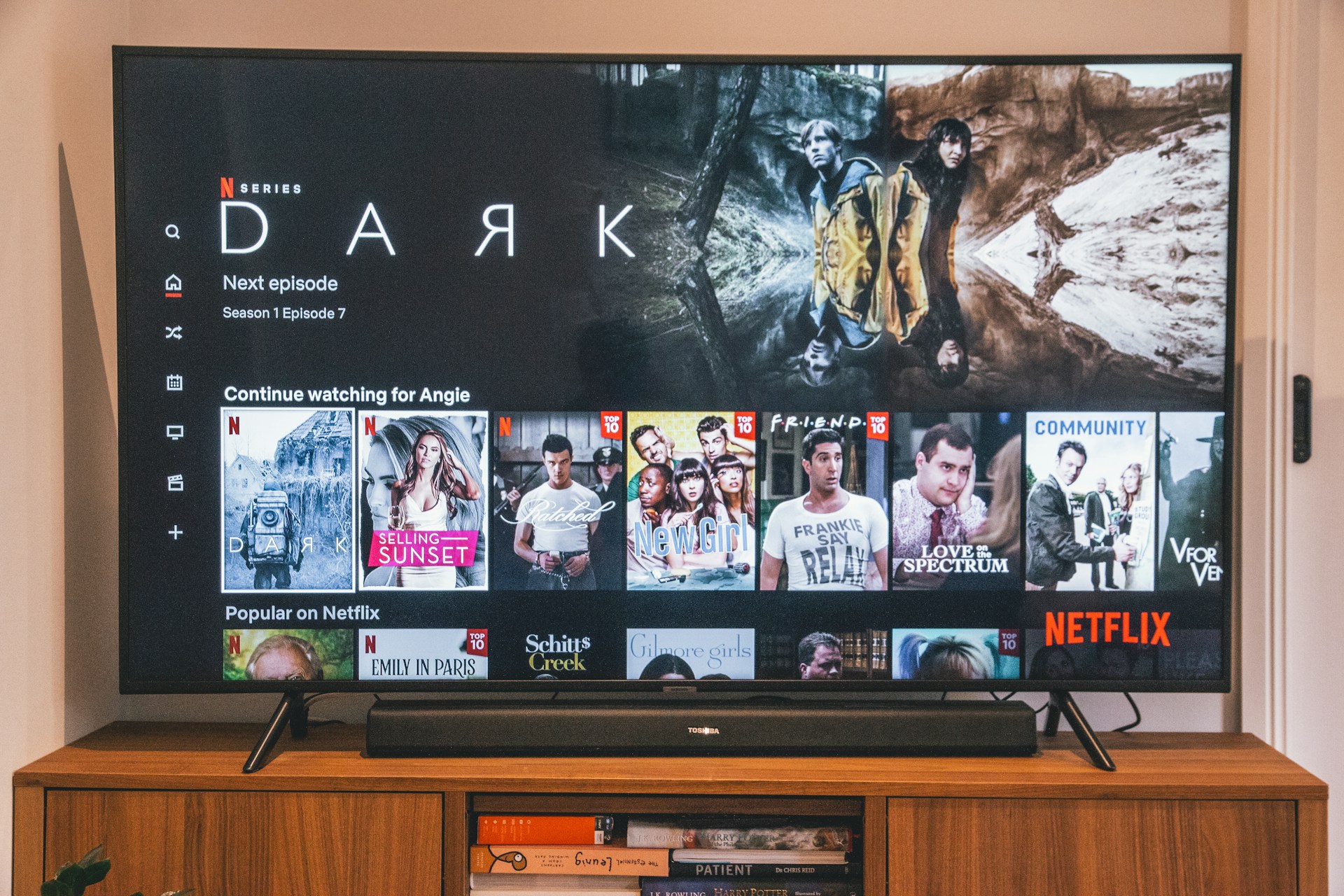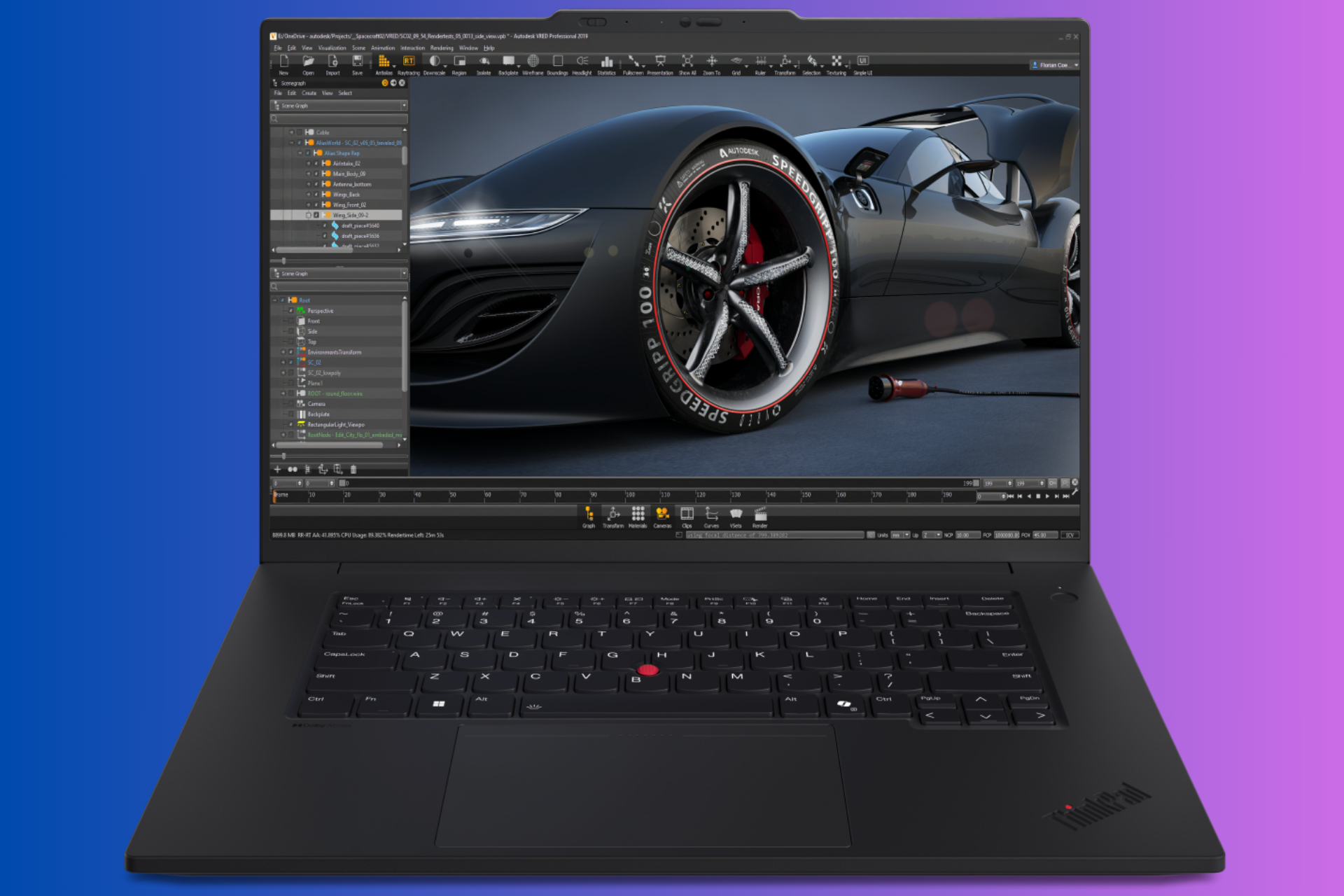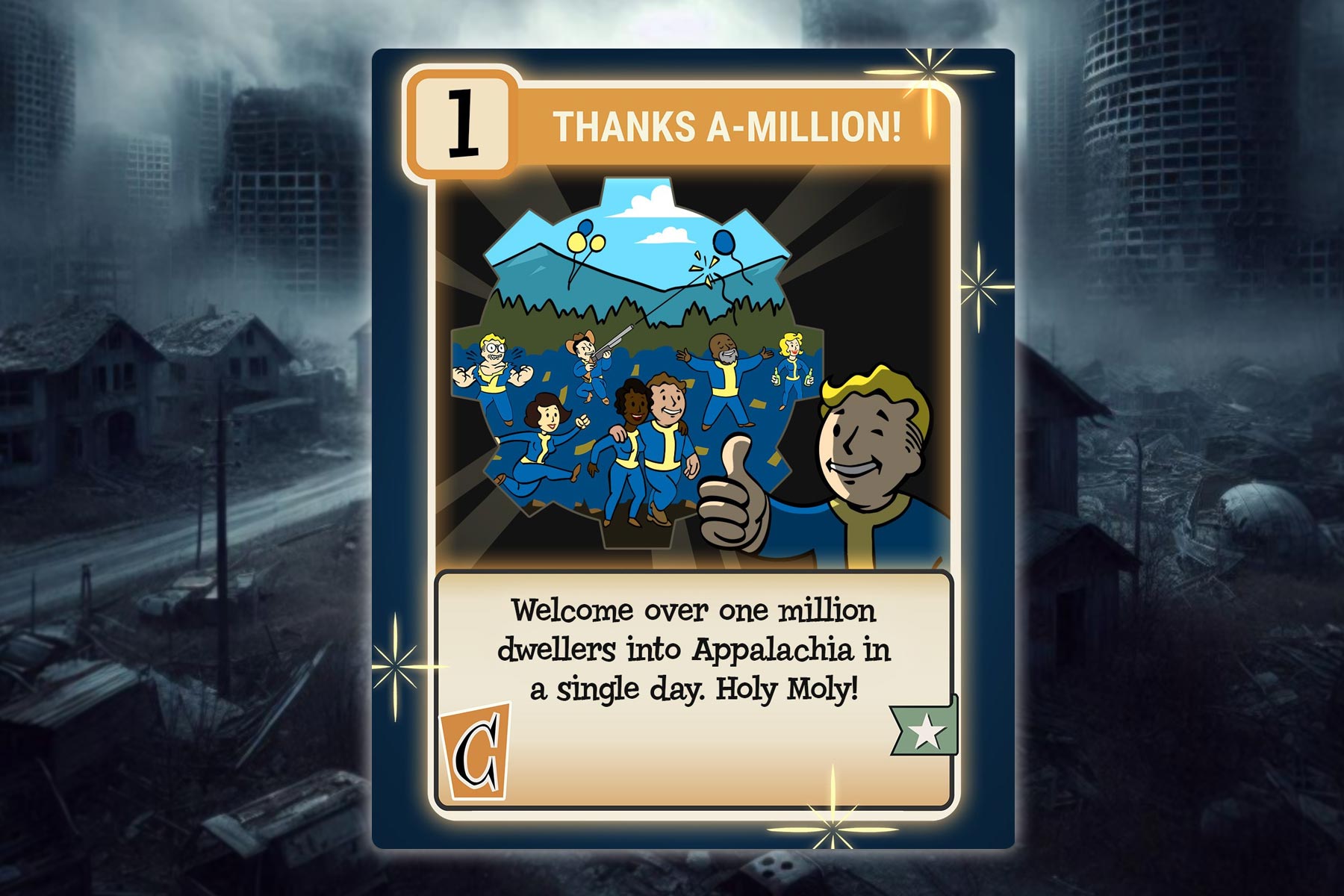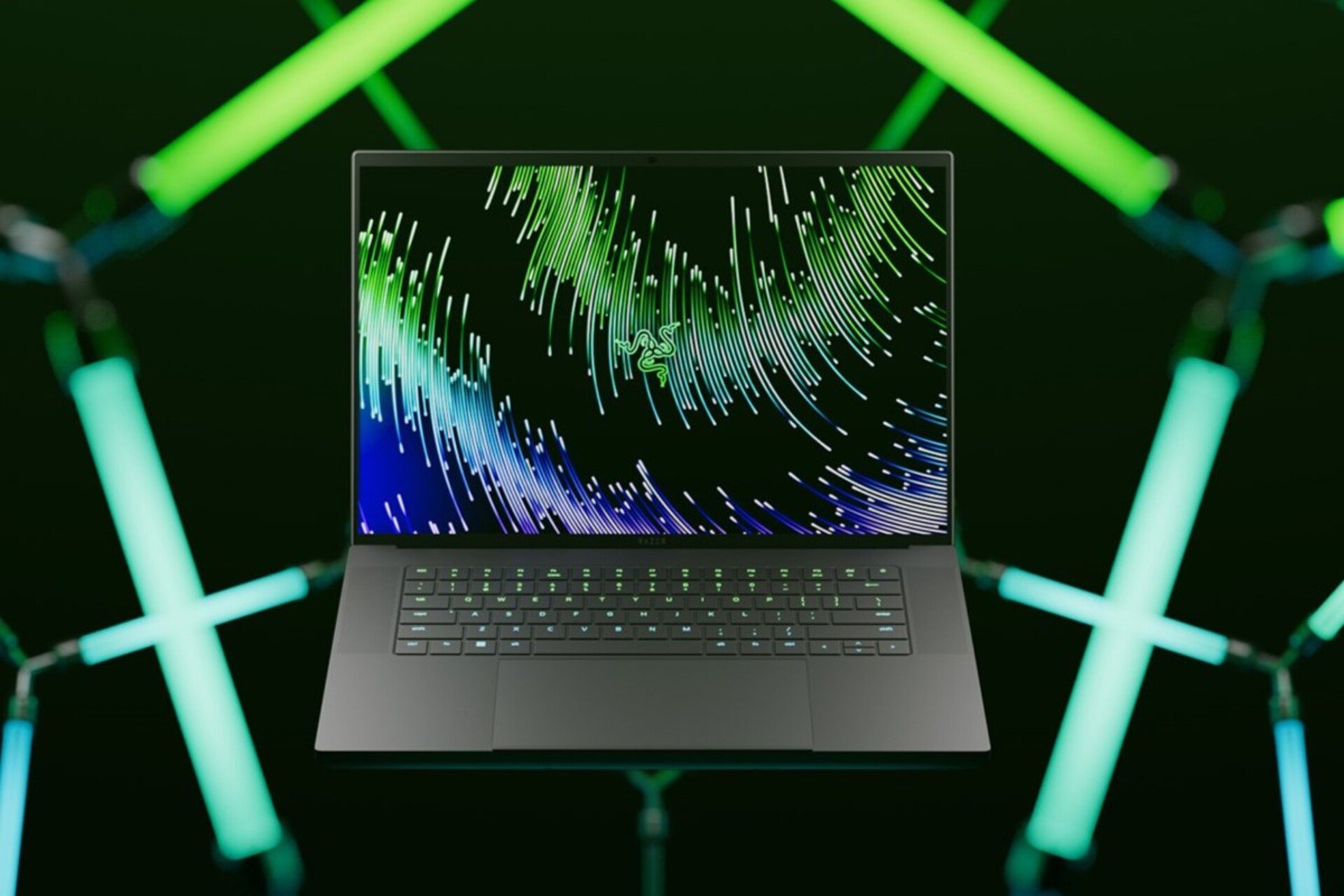Diablo II Resurrected comes out on consoles & PC in 4k 60 FPS
2 min. read
Published on
Read our disclosure page to find out how can you help Windows Report sustain the editorial team Read more
Key notes
- During the Xbox & Bethesda showcase, Blizzard announced the release date for Diablo II Resurrected.
- The game will be available on most gaming platforms, starting with September 23, 2021.
- Diablo II Resurrected will now feature 4K - 60FPS graphics on consoles, as well as PCs.
- Also coming is feature cross-progression support, along with 8-player co-op mode on all platforms, except Nintendo Switch.
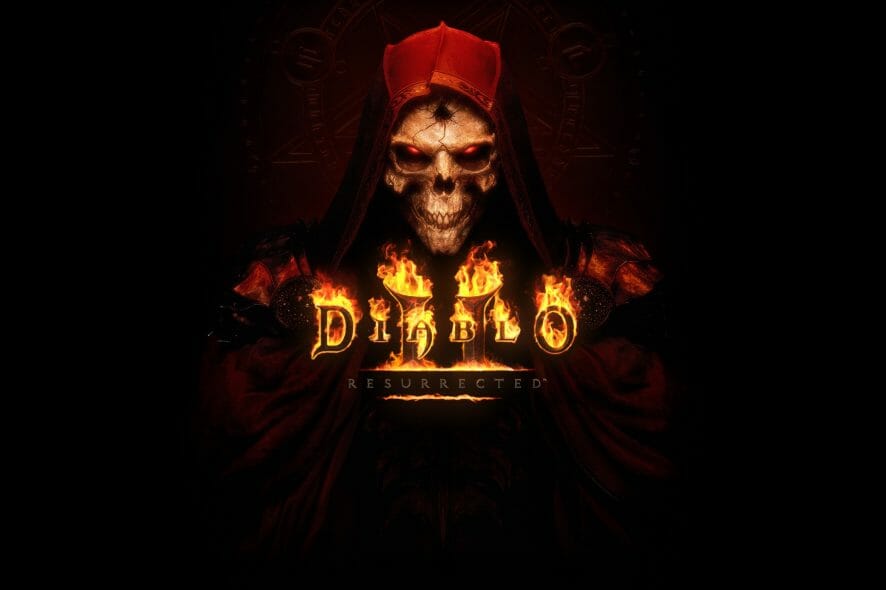
If you are a Blizzard fan, you surely remember that, in February, the company confirmed the fact that it will be remastering one of the most prolific games of all time.
They were of course talking about the legendary Diablo II, along with the Lord of Destruction expansion.
Diablo II Resurrected is coming in September
This is extremely good news because the fans of the game expressed their desire to return to Diablo II after the third title of the series did not live up to the expectations.
In a rather unexpected turn of events and decorum, Blizzard chose the Xbox & Bethesda E3 showcase to announce the official release date trailer for all the fans worldwide.
Diablo II Resurrected is coming not only for PCs, but for Xbox One, Xbox Series X/S, Playstation 4 & 5, as well as Nintendo Switch, on September 23.
With graphic performance reaching 4K 60FPS on console, as well as PC, this game remaster will also feature cross-progression support.
Some more good news to get excited about is that Diablo II Resurrected will have up to 8-player co-op mode on all platforms, except Nintendo Switch, updated Battle.net support, and much more.
Fans are also waiting for Diablo IV
As we said above, Diablo III did not really rise to meet player expectations. This was disconcerting for the wide majority, as they’ve waited for a new Diablo game for more than a decade.
The game itself was nicely done, with new and interesting elements being added to it but, overall, shorter and not as challenging as Diablo II.
Now that Blizzard has touted Diablo IV and admitted that it will return to Diablo II standards, from many points of view, fans are extra hyped.
From the gameplay we could all witness at the BlizzCon event, indeed Diablo IV will be more similar to Diablo II, being much darker and real, and not as cartoony as III was.
But there is no release date for Diablo IV and, during the last BlizzCon, one of the game developers told fans that the title is not coming soon, even by Blizzard standards.
And we all know what that means, don’t we? Probably, Diablo IV will be ready sometime in 2024, hopefully.
Are you excited about the release of Diablo II Resurrected? Tell us all about it in the comments section below.



